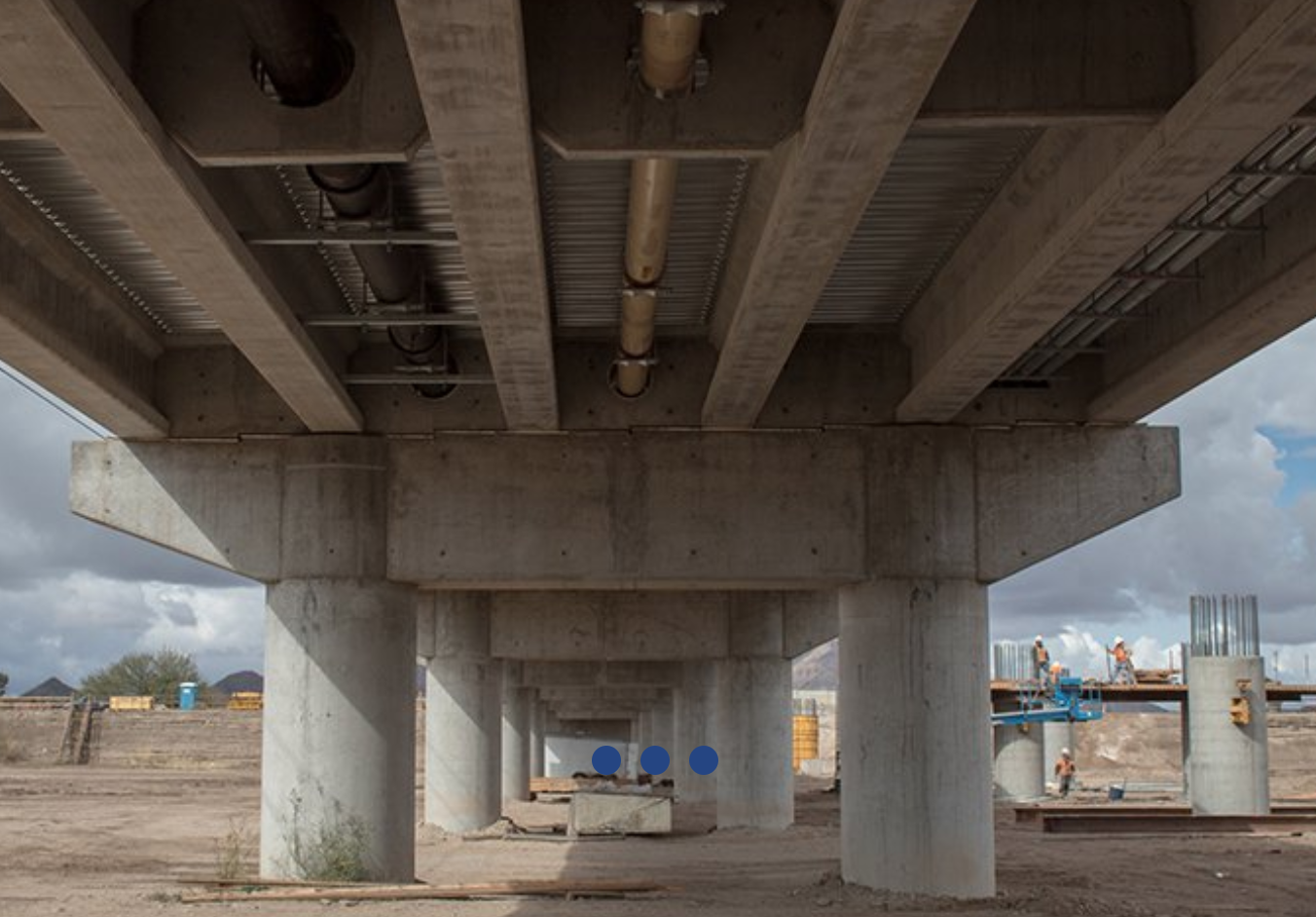Angel Mendoza of the Cronkite News profiled the efforts to relocate the bats living under the old Ina Road Bridge over the Santa Cruz to the newly constructed bridge.
Most people believe bats primarily live in caves, but the concrete crevices under the old Ina Road bridge in Marana have provided thousands of migratory Mexican free-tailed bats with perfect roosting habitats for years.
However, the crevices – the bats’ usual winter and summer homes – are now gone due to construction and replacement of the bridge, which began in 2016, according to the Arizona Department of Transportation.
Instead, the Ina Road bats will come home to newly designed “Bat Boxes,” engineered specifically to fit directly within the concrete structure of the new eastbound Ina Road bridge – just in time for migration season.
In a refuge from external climate, the roosting bats could slow their metabolism down and use as little energy as possible, just as they used to in the bridge’s crevices, said Joel Diamond, a senior project manager with the Arizona Game and Fish Department.
The old bridge, a migratory corridor for about 25,000 bats, was deemed old and unsafe by officials several years ago, Diamond said. And the new Ina Road bridge, now flat-bottomed, initially wouldn’t have included the same nooks and crannies that protected the bats from Arizona’s hottest days and coldest nights.
But because of the combined efforts of environmental agencies, city officials and engineers, the bats – integral to agricultural pest control – don’t have to relocate this migration season.
Of all the bridges in Arizona, Ina Road Bridge is the first to see a design innovation in which bat habitats are prioritized during construction instead of post-completion, said Sandy Wolf, a wildlife biologist who has studied bat habitats in Tucson for decades.
“I’m hoping that this becomes a widespread practice,” Wolf said. “It’s been a very positive step.”
There are a couple thousand bats in nine boxes now, but Diamond, Wolf, and many others involved with the project hope to see more boxes installed, and at least 20,000 tenants by peak migration time in July.
Read the FULL ARTICLE which includes information on innovations in bat box technology, how bats serve the ecosystem, and the collaboration between the town of Marana, ADOT, AZGFD, RD Wildlife Management and several bat experts to make it happen.


